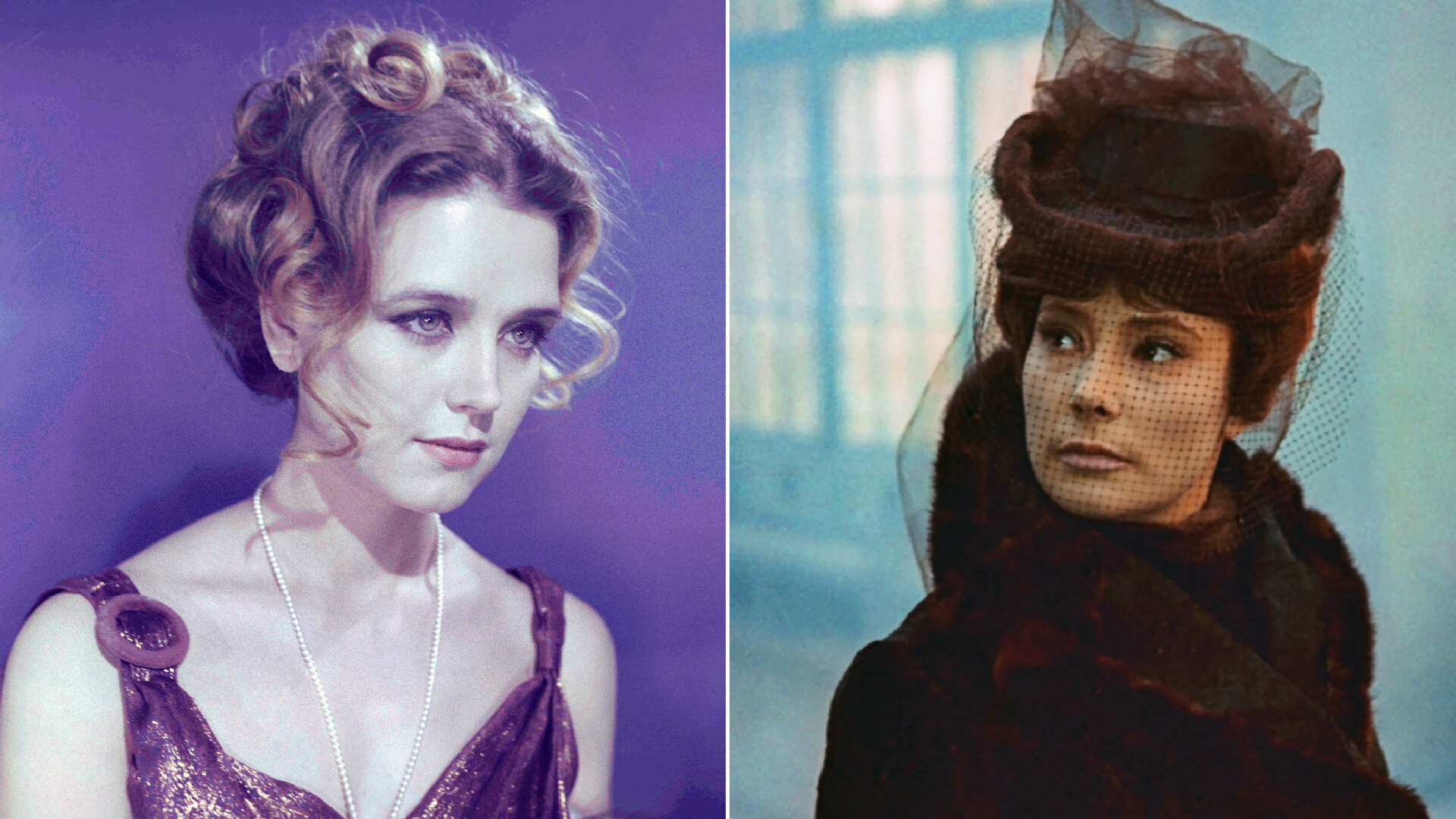
The most popular female characters in Soviet cinema were strong-willed and independent women - industrious female workers, successful career women, highbrow intellectuals, fearless partisans and war heroines. On the one hand, such images were designed to set the bar for Soviet women and, on the other, their on-screen stories vividly reflected the realities of the time.
Nevertheless, thanks to screen adaptations of Russian and world classics, as well as costume dramas, refined female characters - noble ladies, aristocrats and other blue-blooded heroines - could also feature in movies. These are some of the actresses who played them.
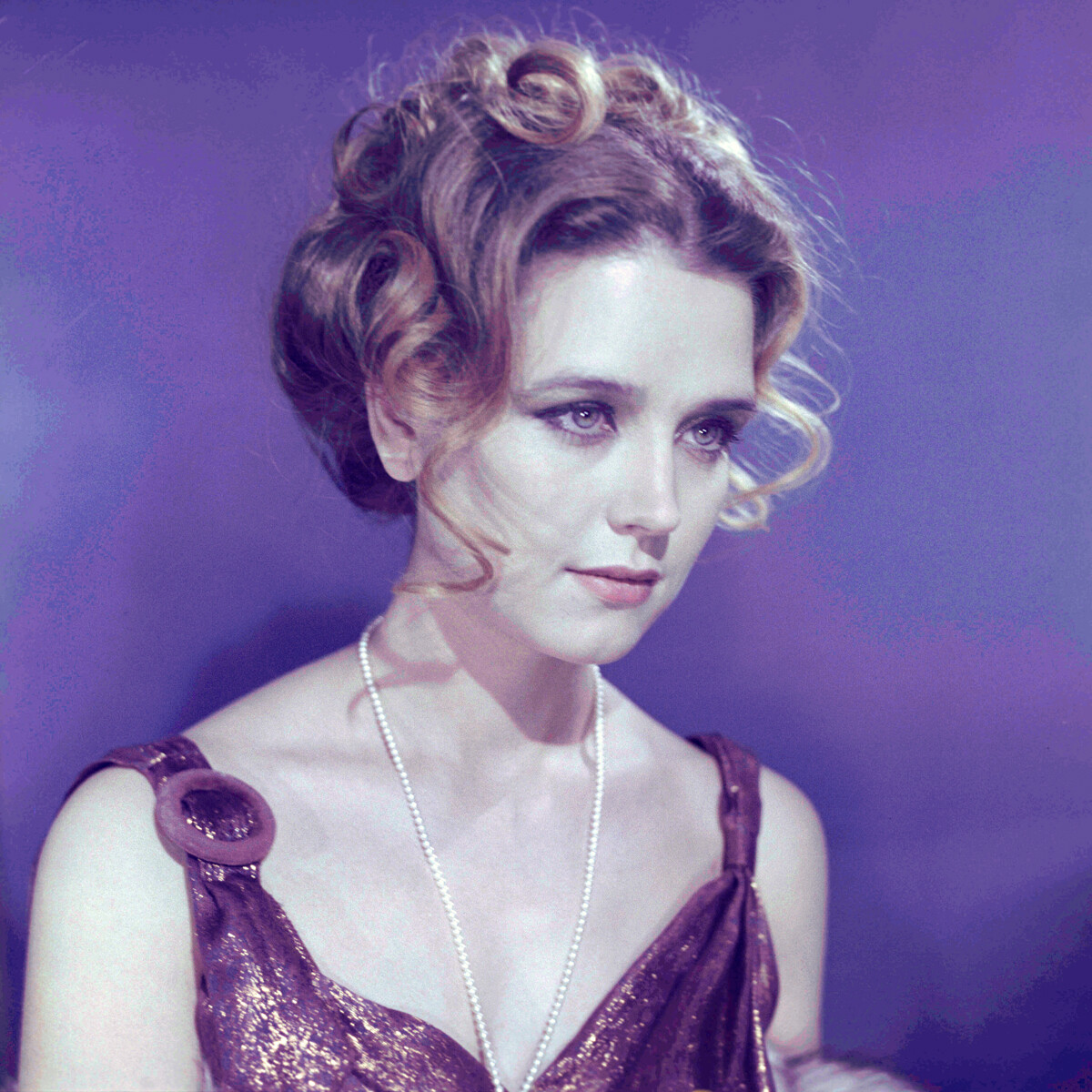
Irina Alferova, 1979, a scene from "The Way Through Troubles" TV-show directed by Vasily Ordynsky.
V.Murashko/SputnikNationwide fame came to Irina Alfyorova, a fourth-year drama school student, after her role in a television series based on Aleksey Tolstoy’s novel ‘The Road to Calvary’ (1977), whose plot unfolds before, during and after the 1917 Revolution. In the role of the poignant Daria Bulavina-Telegina, the 26-year-old Alfyorova wins the viewer over with her demureness and dignity.
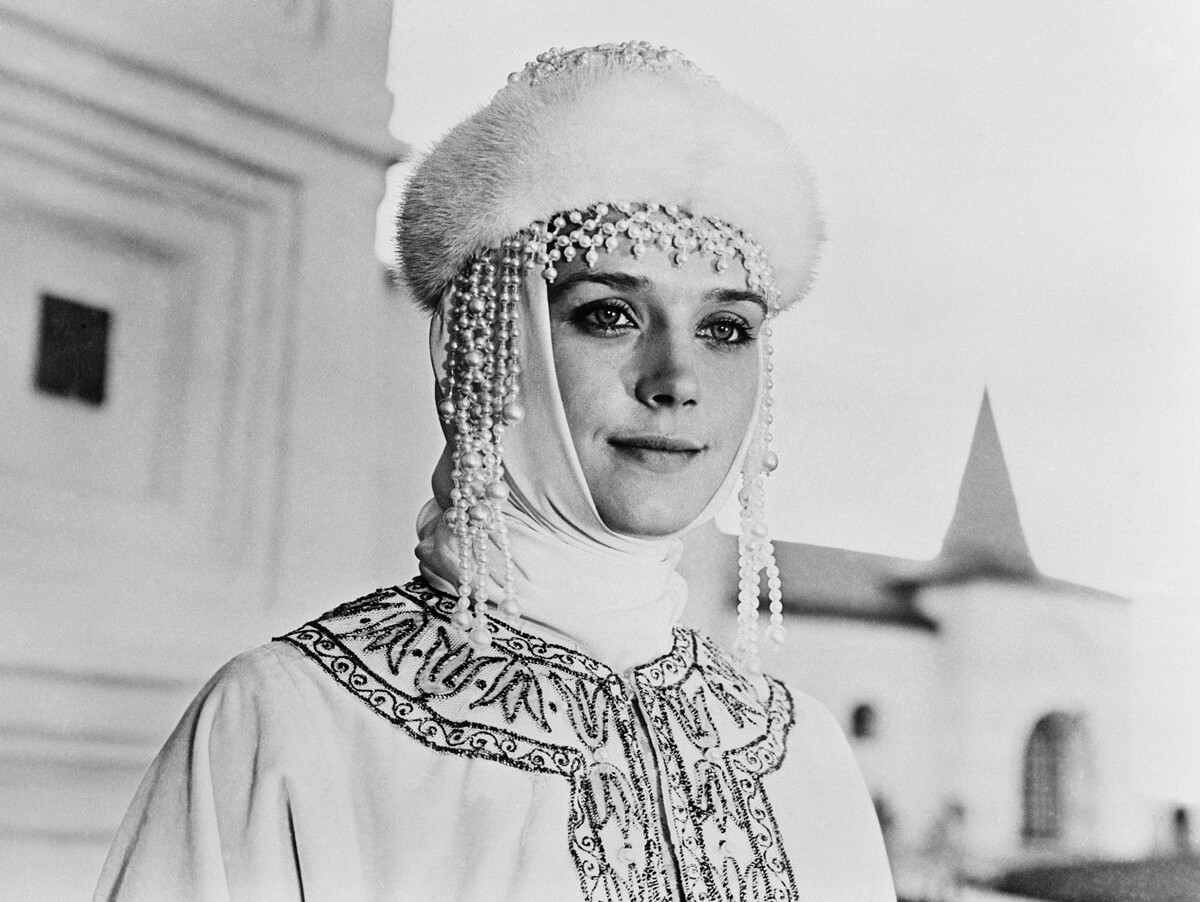
Irina Alferova in "Autumn Bells," 1979
TASSIn 1978, she played in the movie ‘Autumn Bells’ based on Alexander Pushkin’s ‘Tale of the Dead Princess and the Seven Knights’ and, in 1982, in ‘Vasily Buslaev’, in which she performed the role of a young princess. In both movies, Alfyorova, who has Slavic features, looks perfectly natural in an old Russian costume.
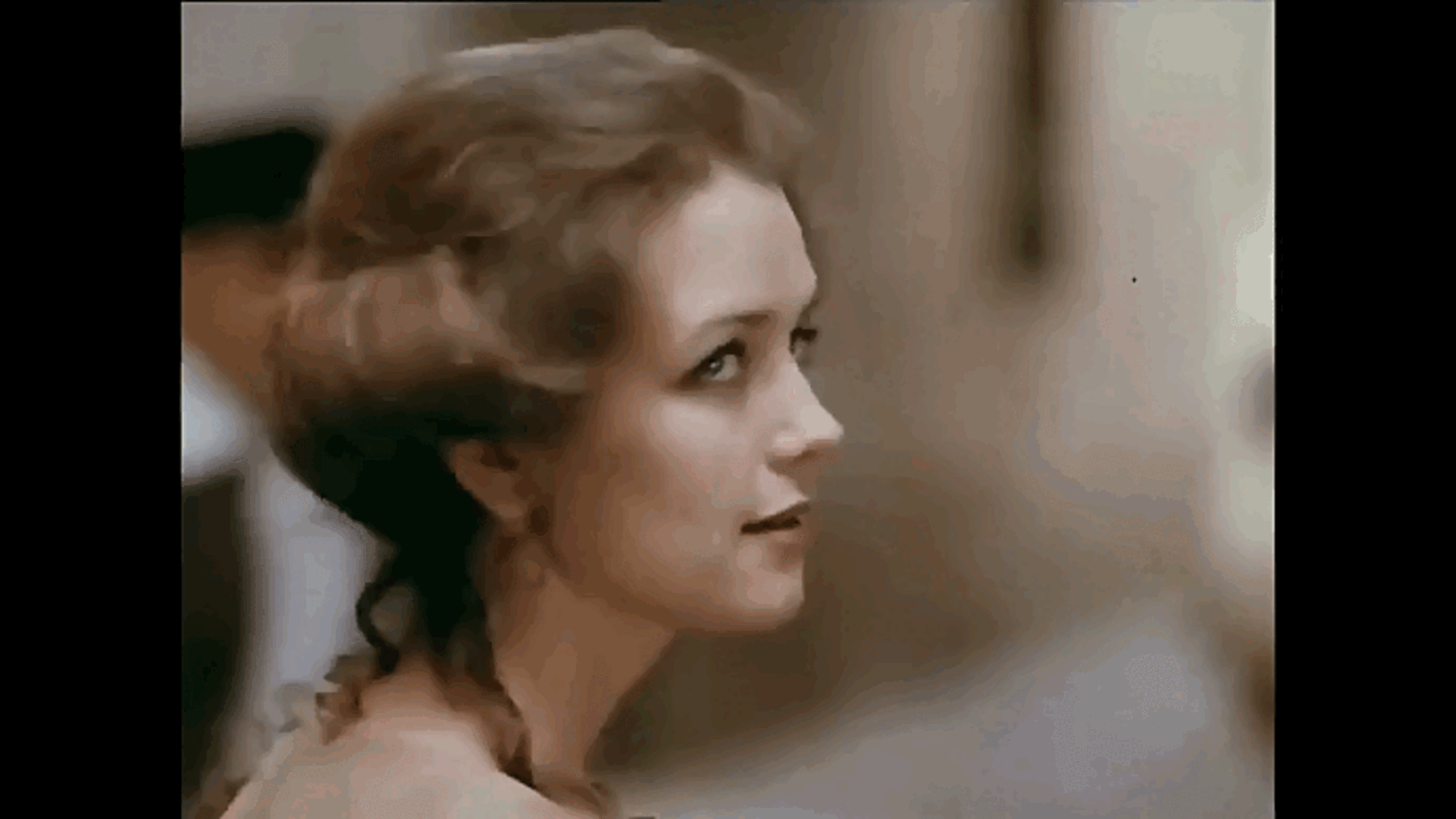
"D'Artagnan and the Three Musketeers".
Georgy Yungvald-Khilkevich, USSR Gosteleradio, 1979The role of Constance Bonacieux, maid and confidante of the French Queen Anne of Austria, in the musical adventure film ‘D’Artagnan and the Three Musketeers’ (1978) made her truly a star. Alfyorova portrays Constance as an embodiment of gentleness and femininity.
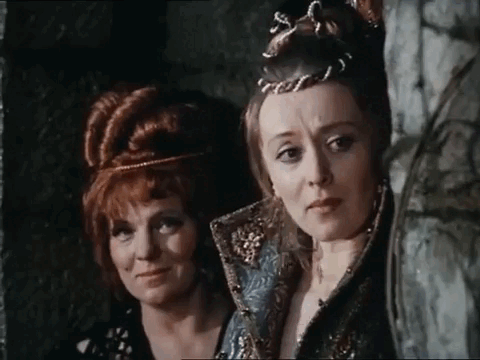
"The Dog in the Manger."
Yan Frid, Lenfilm, 1977The actress, who is compared in Russia to Meryl Streep, was considered a superstar in the USSR in the 1970s-1980s. Screen adaptations of world classics brought her popularity.
In a movie based on a Lope de Vega comedy, ‘The Dog in the Manger’ (1977), Terekhova played the haughty Diana, Countess de Belflor, who falls in love with her secretary.
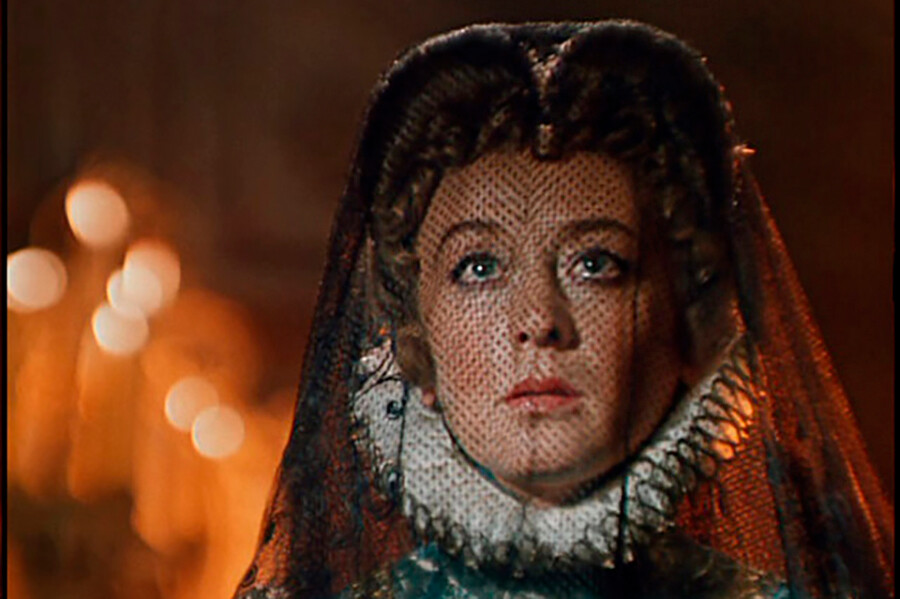
"Pious Martha."
Yan Frid, Lenfilm 1980She played another aristocratic lady in the movie ‘Pious Martha’ (1980).
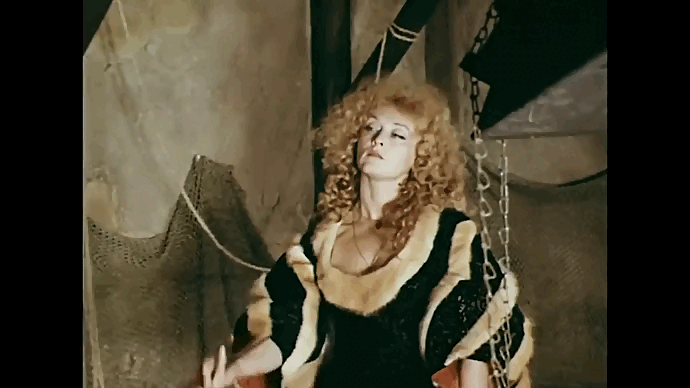
"D'Artagnan and the Three Musketeers".
Georgy Yungvald-Khilkevich, USSR Gosteleradio, 1979In 1978, Terekhova appeared as Milady in the musical ‘D’Artagnan and Three Musketeers’. In her role as a treacherous villainess - special agent Milady - the actress gained fame as a femme fatale of the Soviet screen. The near-saintly Constance and her adversary, the predatory Milady, became the most striking film characters of the late 1970s.
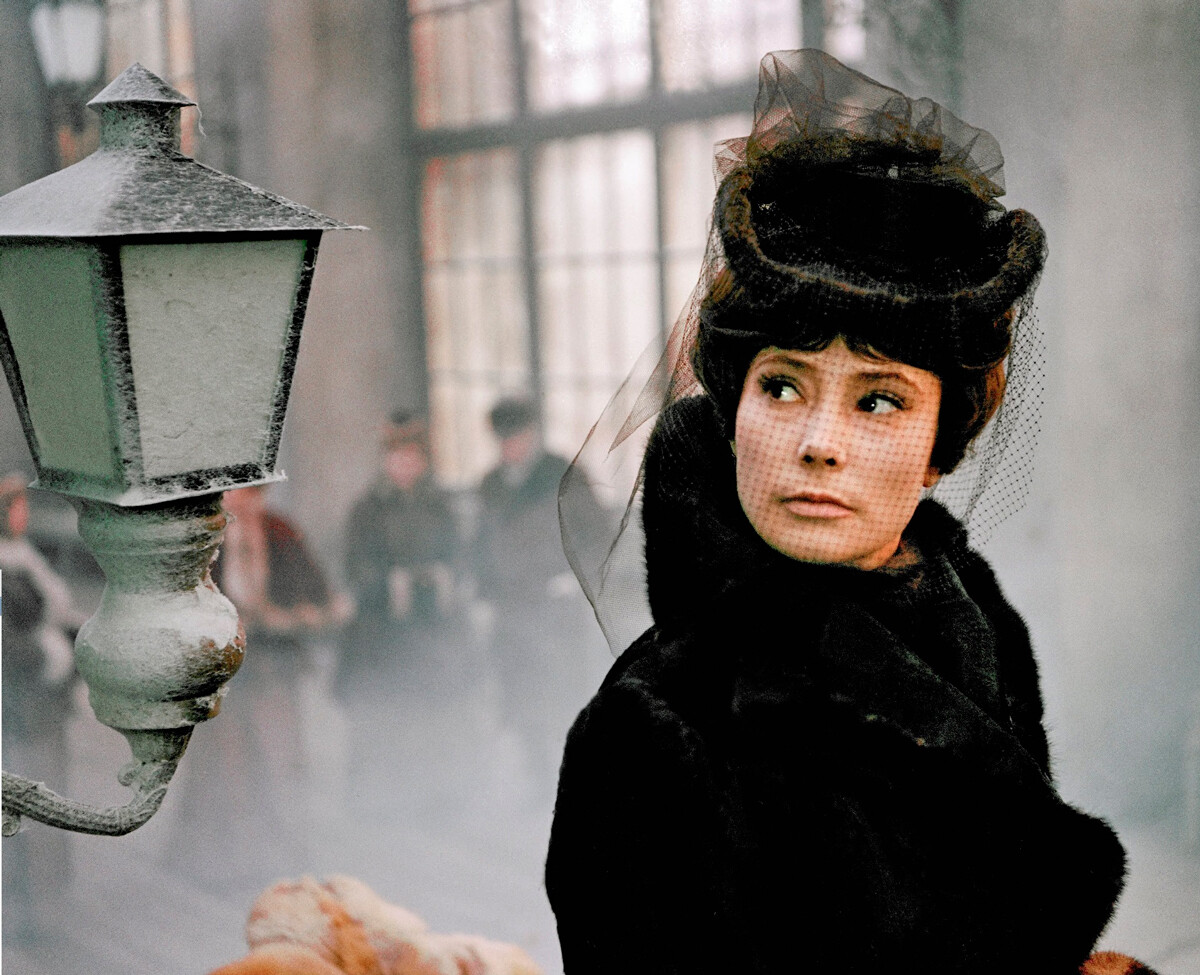
"Anna Karenina."
Alexander Zarkhi, Mosfilm, 1967Leo Tolstoy’s novel ‘Anna Karenina’ has been adapted for the screen more than 30 times. Tatiana Samoilova, who was 33 years old when she played Anna, was one of the most memorable interpreters of the role.

"Anna Karenina."
Alexander Zarkhi, Mosfilm, 1967In the movie, she gave a brilliant portrayal of a high society lady. In the course of the movie, Samoilova as Anna peels off - layer by layer, as it were - the veneer of an elegant and dignified noblewoman as she loses her reputation and reveals her unbridled passionate nature as a woman in love.
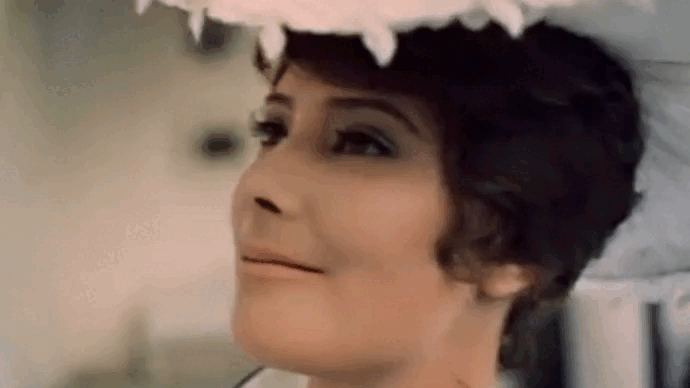
"Anna Karenina."
Alexander Zarkhi, Mosfilm, 1967The cold beauty of the on-screen Karenina - the aristocratic pallor of her skin, her slightly haughty gaze, decorous manner and restrained facial expressions - contrast with the tenderness, sensuality and spontaneity of the heroine as played by Tatiana Samoilova. Arguably, it is one of the most successful interpretations of Tolstoy’s iconic heroine.
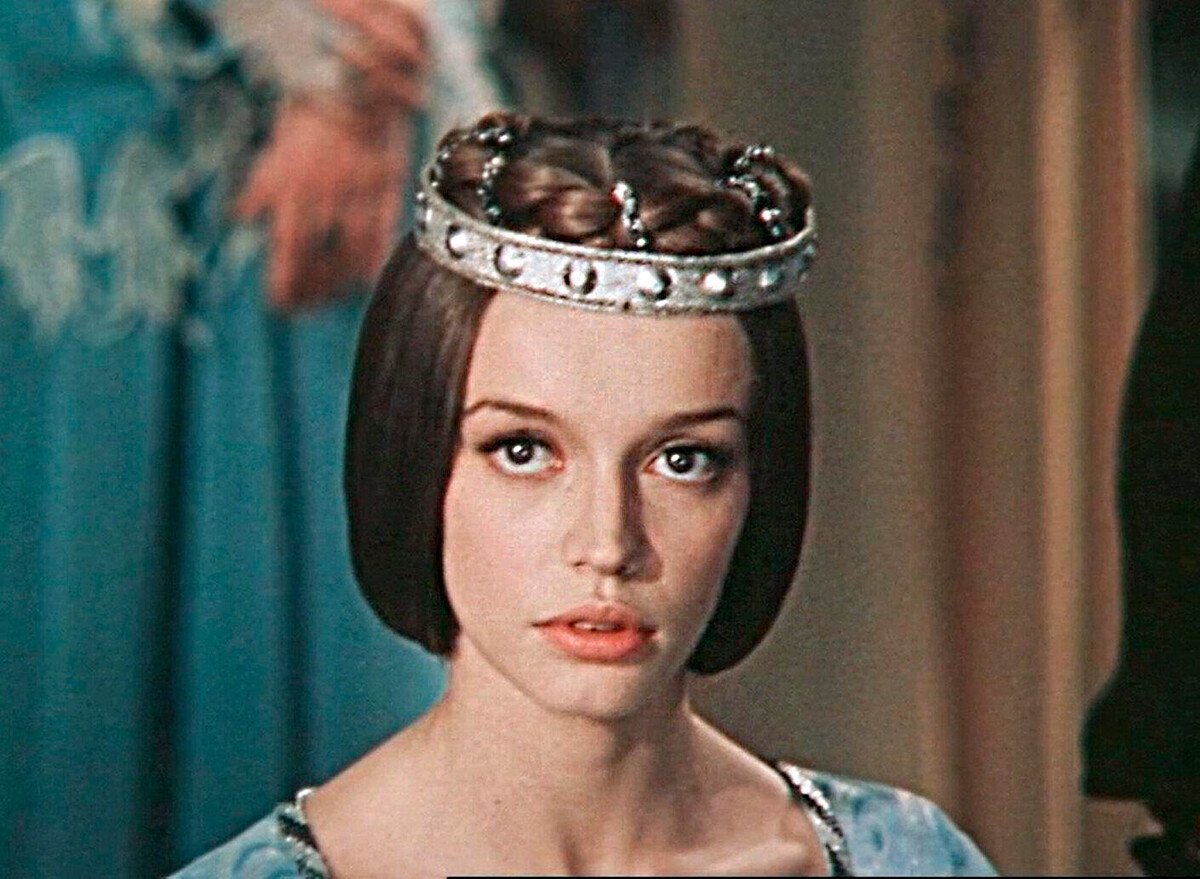
"June 31."
Leonid Kvinikhidze, Mosfilm, 1978English princess Melicent in the fantasy musical about time travel, ‘31 June’ (1978), was played by 23-year-old ballerina Natalia Trubnikova.
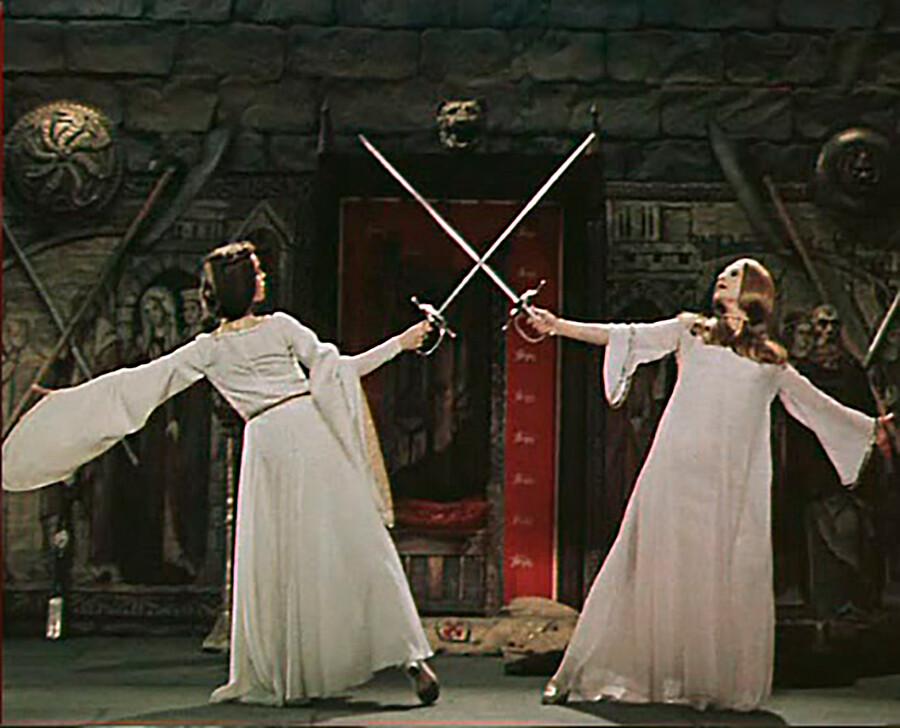
"June 31."
Leonid Kvinikhidze, Mosfilm, 1978This was the only major role in her movie career. Melicent is touching in her naïveté and childlike candor, but she is a proficient fencer despite her fragility.
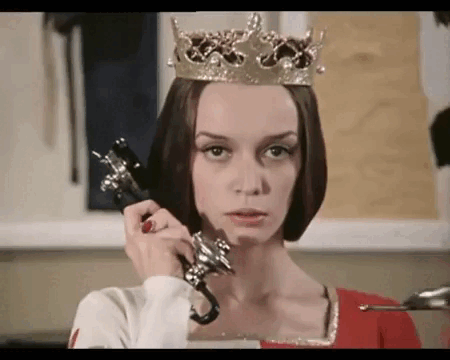
"June 31."
Leonid Kvinikhidze, Mosfilm, 1978“‘31 June’ was shown on Soviet television just once. After Bolshoi Theater dancer Alexander Godunov, one of the film’s leads, applied for political asylum in the U.S., the movie was shelved. I was afraid it wouldn’t age well and would come across as silly. But, today, when it has begun to be shown again, I continue to get letters with declarations of love to my princess. A mathematician from Canada even confessed that Melicent had left such an impression on him that he started working on the possibilities of time shifts professionally and made a discovery that served as a spur to the improvement of mobile telephony,” Trubnikova said in an interview.

"Gardes-Marines, Ahead!"
Svetlana Druzhinina, Mosfilm, 1987Lyutayeva’s talent and beauty were on full display in her first movie role. In 1987, at the age of 22, the actress played Countess Anastasiya Yaguzhinskaya in the historical adventure mini-series ‘Gardes-Marines, Ahead!’, a story of intrigue and plotting at the court of Empress Elizabeth Petrovna (18th century).

"Viva Gardes-Marines!"
Svetlana Druzhinina, Mosfilm, 1987Yaguzhinskaya, as played by Lyutayeva, puts in a strong claim to the femme fatale persona that she cements in the series sequel, ‘Viva Gardes-Marines!’ (1991).

"Gardes-Marines, Ahead!"
Svetlana Druzhinina, Mosfilm, 1987Throughout the movie, the heroine seems to seduce not just her on-screen admirers, but the viewer, too, easily transforming herself from prim beauty to strong-willed adventuress or grand and imperious lady. Her fine features and regal bearing, reinforced by historical costumes, pinned-up hair and hefty jewelry, ensured that Lyutayeva hit the bull’s-eye in her portrayal of a beguiling noblewoman.
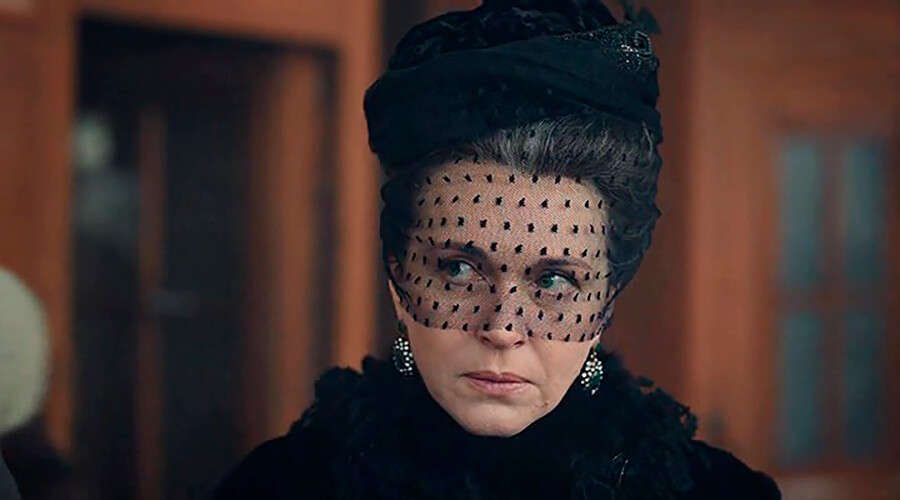
"Anna Karenina."
Karen Shakhnazarov, Mosfilm, 2017The actress returned to the same foolproof screen formula in her mature years, too.
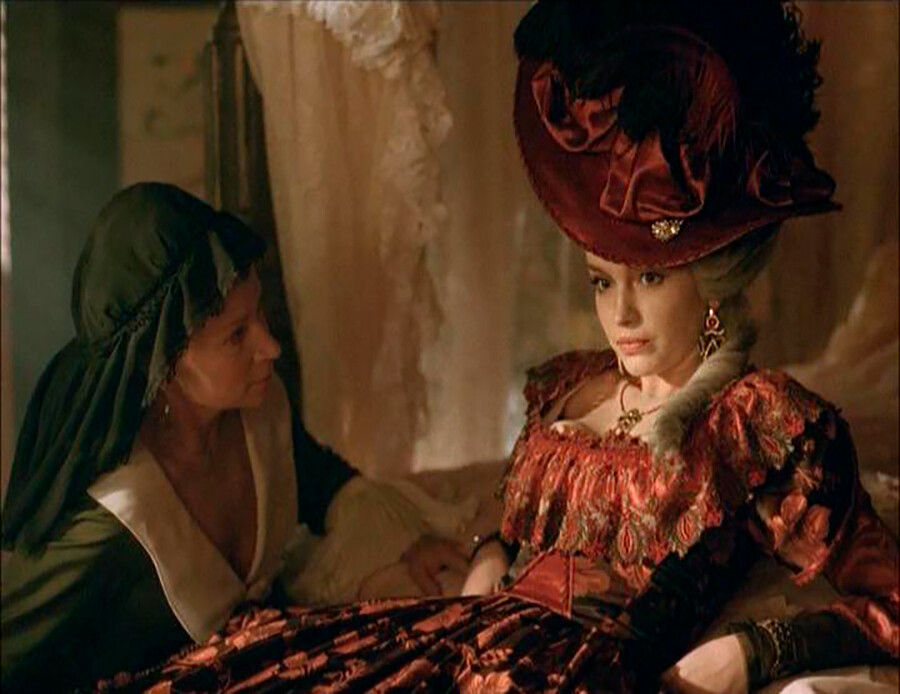
"The Tsar's Hunt."
Vitaly Melnikov, Excelsior Film-TV,1990The romantic drama ‘The Tsar’s Hunt’ (1990) is centered on the figure of Princess Elizaveta Tarakanova, who claimed to be the illegitimate daughter of Empress Elizabeth Petrovna.
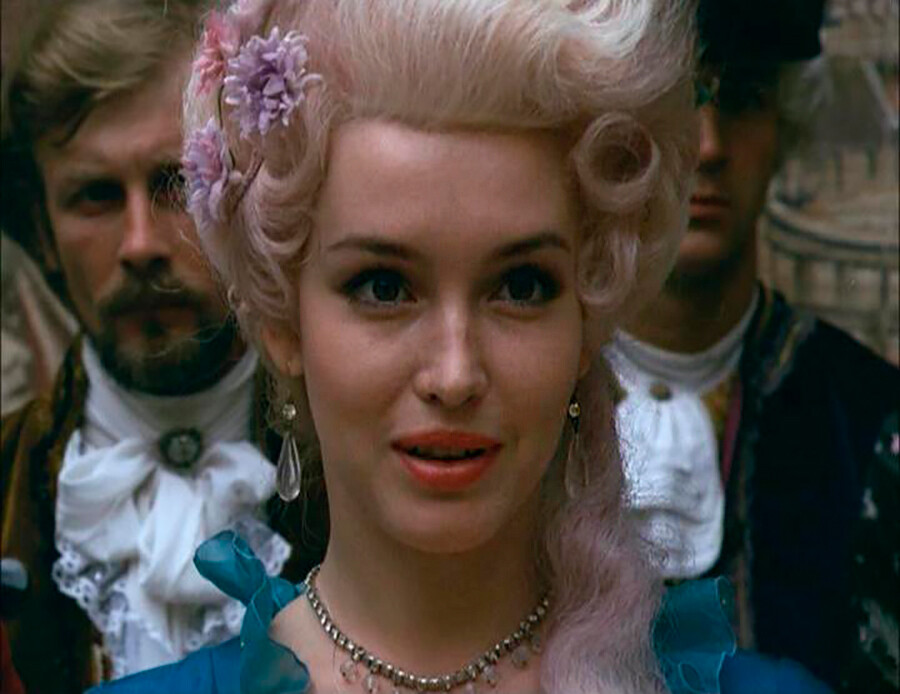
"The Tsar's Hunt."
Vitaly Melnikov, Excelsior Film-TV,1990The viewer, however, is not presented with the scheming adventures of history (for such was the real Tarakanova). The princess, played by 27-year-old Anna Samokhina, is devoid of guile; the actress portrays her on-screen character as a defenseless, betrayed woman filled with love and devotion. She comes across as the classic fragile “damsel in distress” for whom the viewer feels compassion and sympathy when her rescuer turns out to be her nemesis.
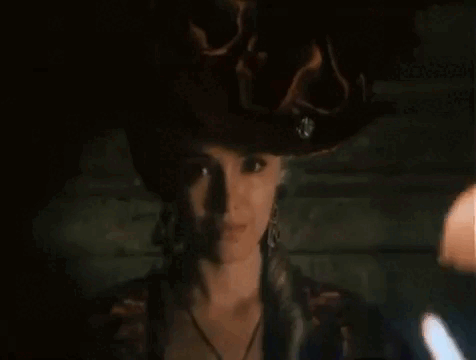
"The Tsar's Hunt."
Vitaly Melnikov, Excelsior Film-TV,1990The movie contained bedroom scenes that, according to the standards of Soviet cinema and in the opinion of older viewers, were unduly daring. This earned Samokhina scandalous notoriety as a sex symbol of Russian cinema of the early 1990s.
Dear readers,
Our website and social media accounts are under threat of being restricted or banned, due to the current circumstances. So, to keep up with our latest content, simply do the following:
If using any of Russia Beyond's content, partly or in full, always provide an active hyperlink to the original material.
Subscribe
to our newsletter!
Get the week's best stories straight to your inbox